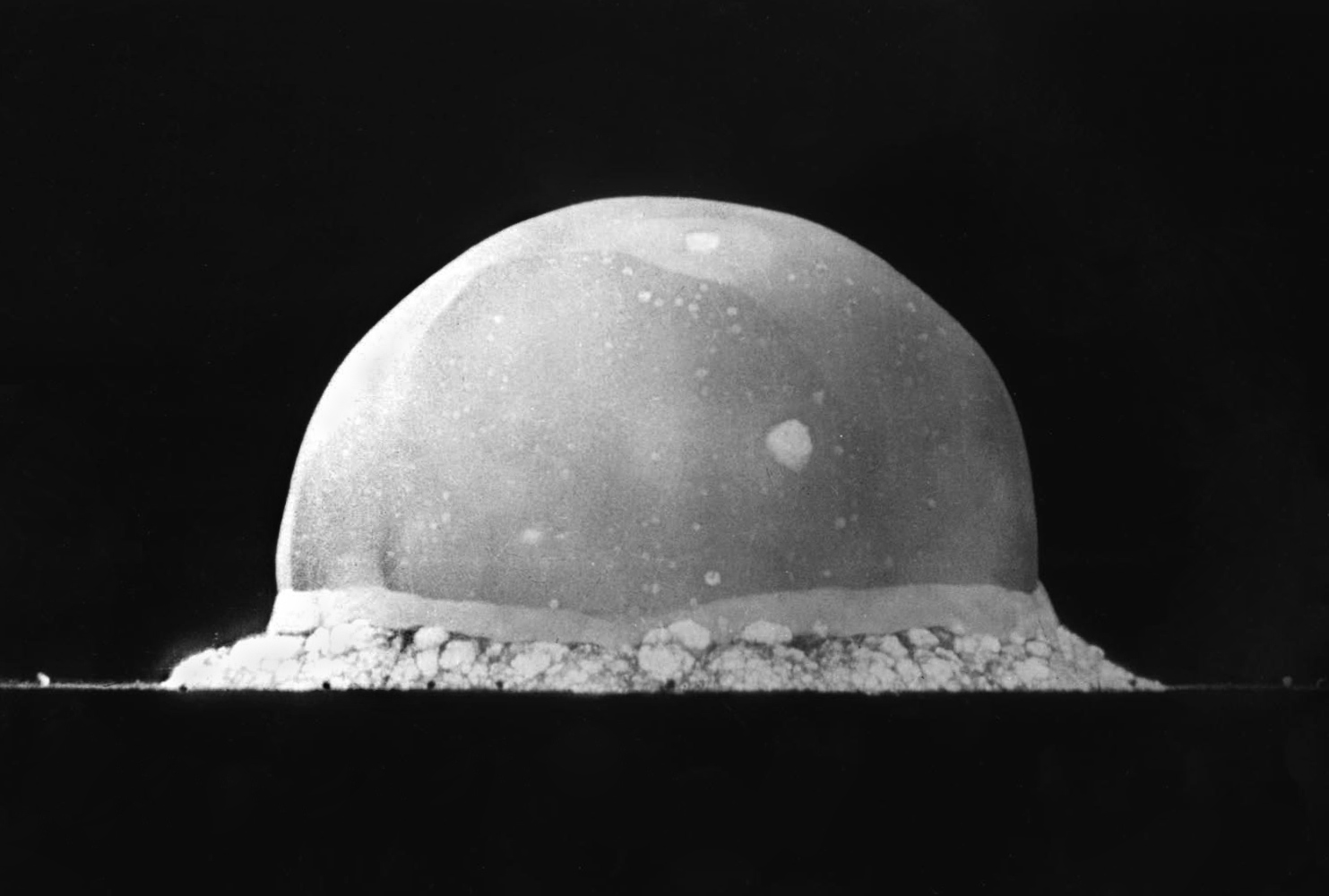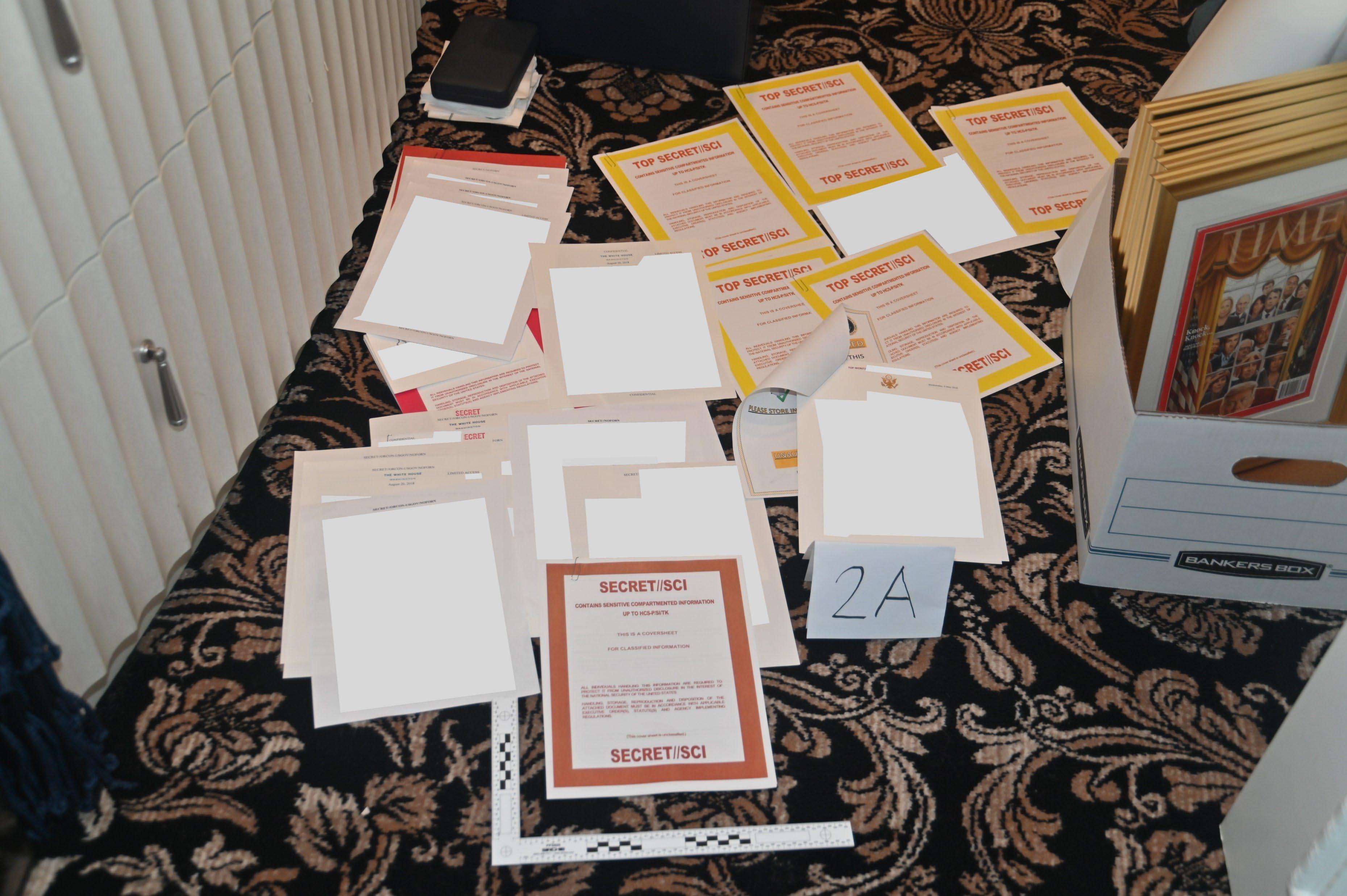|
L Clearance
An L clearance is a security clearance used by the United States Department of Energy (DOE) and Nuclear Regulatory Commission for civilian access relating to nuclear materials and information under the Atomic Energy Act of 1954. It is equivalent to a United States Department of Defense (DOD) Secret clearance. The DOE L clearance provides less access than the agency's Q clearance. L-cleared persons are allowed unescorted access to "limited" and "protected" areas, as well as access to Confidential Restricted Data, Confidential and Secret Formerly Restricted Data, Confidential and Secret National Security Information, and Category III special nuclear material. As of 1989, the NRC required the Q clearance for employees in the most important and sensitive positions, while most employees in positions deemed "noncritical-sensitive" held L clearances.Keith G. FultzWeaknesses in NRC's Security Clearance Program US General Accounting Office Testimony, March 15, 1989 See also *Classified ... [...More Info...] [...Related Items...] OR: [Wikipedia] [Google] [Baidu] |
Security Clearance
A security clearance is a status granted to individuals allowing them access to classified information (state or organizational secrets) or to restricted areas, after completion of a thorough background check. The term "security clearance" is also sometimes used in private organizations that have a formal process to vet employees for access to sensitive information. A clearance by itself is normally not sufficient to gain access; the organization must also determine that the cleared individual needs to know specific information. No individual is supposed to be granted automatic access to classified information solely because of rank, position, or a security clearance. Canada Background Government classified information is governed by the Treasury Board Standard on Security Screening, the '' Security of Information Act'' and '' Privacy Act''. Only those that are deemed to be loyal and reliable, and have been cleared are allowed to access sensitive information. The policy ... [...More Info...] [...Related Items...] OR: [Wikipedia] [Google] [Baidu] |
United States Department Of Energy
The United States Department of Energy (DOE) is an executive department of the U.S. federal government that oversees U.S. national energy policy and manages the research and development of nuclear power and nuclear weapons in the United States. The DOE oversees the U.S. nuclear weapons program, nuclear reactor production for the United States Navy, energy-related research, and domestic energy production and energy conservation. The DOE was created in 1977 in the aftermath of the 1973 oil crisis. It sponsors more physical science research than any other U.S. federal agency, the majority of which is conducted through its system of National Laboratories. The DOE also directs research in genomics, with the Human Genome Project originating from a DOE initiative. The department is headed by the Secretary of Energy, who reports directly to the president of the United States and is a member of the Cabinet. The current Secretary of Energy is Jennifer Granholm, who has serv ... [...More Info...] [...Related Items...] OR: [Wikipedia] [Google] [Baidu] |
Nuclear Regulatory Commission
The Nuclear Regulatory Commission (NRC) is an independent agency of the United States government tasked with protecting public health and safety related to nuclear energy. Established by the Energy Reorganization Act of 1974, the NRC began operations on January 19, 1975, as one of two successor agencies to the United States Atomic Energy Commission. Its functions include overseeing reactor safety and security, administering reactor licensing and renewal, licensing radioactive materials, radionuclide safety, and managing the storage, security, recycling, and disposal of spent fuel. History Prior to 1975 the Atomic Energy Commission was in charge of matters regarding radionuclides. The AEC was dissolved, because it was perceived as unduly favoring the industry it was charged with regulating.John Byrne and Steven M. Hoffman (1996). ''Governing the Atom: The Politics of Risk'', Transaction Publishers, p. 163. The NRC was formed as an independent commission to oversee nuclear en ... [...More Info...] [...Related Items...] OR: [Wikipedia] [Google] [Baidu] |
Nuclear Material
Nuclear material refers to the metals uranium, plutonium, and thorium, in any form, according to the IAEA. This is differentiated further into "source material", consisting of natural and depleted uranium, and "special fissionable material", consisting of enriched uranium ( U-235), uranium-233, and plutonium-239. Uranium ore concentrates are considered to be a "source material", although these are not subject to safeguards under the Nuclear Non-Proliferation Treaty. According to the Nuclear Regulatory Commission(NRC), there are four different types of regulated nuclear materials: special nuclear material, source material, byproduct material and radium. Special nuclear materials have plutonium, uranium-233 or uranium with U233 or U235 that has a content found more than in nature. Source material is thorium or uranium that has a U235 content equal to or less than what is in nature. Byproduct material is radioactive material that is not source or special nuclear material. It can ... [...More Info...] [...Related Items...] OR: [Wikipedia] [Google] [Baidu] |
Atomic Energy Act Of 1954
The Atomic Energy Act of 1954, 42 U.S.C. §§ 2011-2021, 2022-2286i, 2296a-2297h-13, is a United States federal law that covers for the development, regulation, and disposal of nuclear materials and facilities in the United States. It was an amendment to the Atomic Energy Act of 1946 and substantially refined certain aspects of the law, including increased support for the possibility of a civilian nuclear industry. Notably it made it possible for the government to allow private companies to gain technical information ( Restricted Data) about nuclear energy production and the production of fissile materials, allowing for greater exchange of information with foreign nations as part of President Dwight D. Eisenhower's Atoms for Peace program, and reversed certain provisions in the 1946 law which had made it impossible to patent processes for generating nuclear energy or fissile materials. The H.R. 9757 legislation was passed by the 83rd U.S. Congressional session and signed into l ... [...More Info...] [...Related Items...] OR: [Wikipedia] [Google] [Baidu] |
United States Department Of Defense
The United States Department of Defense (DoD, USDOD or DOD) is an executive branch department of the federal government charged with coordinating and supervising all agencies and functions of the government directly related to national security and the United States Armed Forces. The DoD is the largest employer in the world, with over 1.34 million active-duty service members (soldiers, marines, sailors, airmen, and guardians) as of June 2022. The DoD also maintains over 778,000 National Guard and reservists, and over 747,000 civilians bringing the total to over 2.87 million employees. Headquartered at the Pentagon in Arlington, Virginia, just outside Washington, D.C., the DoD's stated mission is to provide "the military forces needed to deter war and ensure our nation's security". The Department of Defense is headed by the secretary of defense, a cabinet-level head who reports directly to the president of the United States. Beneath the Department of Defense are t ... [...More Info...] [...Related Items...] OR: [Wikipedia] [Google] [Baidu] |
Security Clearance
A security clearance is a status granted to individuals allowing them access to classified information (state or organizational secrets) or to restricted areas, after completion of a thorough background check. The term "security clearance" is also sometimes used in private organizations that have a formal process to vet employees for access to sensitive information. A clearance by itself is normally not sufficient to gain access; the organization must also determine that the cleared individual needs to know specific information. No individual is supposed to be granted automatic access to classified information solely because of rank, position, or a security clearance. Canada Background Government classified information is governed by the Treasury Board Standard on Security Screening, the '' Security of Information Act'' and '' Privacy Act''. Only those that are deemed to be loyal and reliable, and have been cleared are allowed to access sensitive information. The policy ... [...More Info...] [...Related Items...] OR: [Wikipedia] [Google] [Baidu] |
Q Clearance
Q clearance or Q access authorization is the U.S. Department of Energy (DOE) security clearance required to access Top Secret Restricted Data, Formerly Restricted Data, and National Security Information, as well as Secret Restricted Data. Restricted Data (RD) is defined in the Atomic Energy Act of 1954 and covers nuclear weapons and related materials. The lower-level L clearance is sufficient for access to Secret Formerly Restricted Data (FRD) and National Security Information, as well as Confidential Restricted Data, Formerly Restricted Data, and National Security Information. Access to Restricted Data is only granted on a need-to-know basis to personnel with appropriate clearances. A Q Clearance is equivalent to a U.S. Department of Defense Top Secret clearance. "...the Q access authorization corresponds to the background investigation and administrative determination similar to what is completed by other agencies for a Top Secret National Security Information access clearan ... [...More Info...] [...Related Items...] OR: [Wikipedia] [Google] [Baidu] |
Special Nuclear Material
Special nuclear material (SNM) is a term used by the Nuclear Regulatory Commission of the United States to classify fissile materials. The NRC divides special nuclear material into three main categories, according to the risk and potential for its direct use in a clandestine nuclear weapon or for its use in the production of nuclear material for use in a nuclear weapon. Highly Enriched Uranium Category I Category I is strategic special nuclear material. *Uranium-235 (contained in highly enriched uranium: >20% or more 235U), *Uranium-233, or *Plutonium-239. Category I, SSNM means SSNM in any combination in a quantity of *2 kilograms (4.4 pounds) or more of Pu-239; or *5 kilograms or more of U-235 (11 pounds; contained in uranium enriched to 20 percent or more in the U-235 isotope); or *2 kilograms (4.4 pounds) or more of U-233; or *5 kilograms (11 pounds) or more in any combination computed by the equation grams = (grams contained U-235) + 2.5 (grams U-233 + grams Pu-239). This ... [...More Info...] [...Related Items...] OR: [Wikipedia] [Google] [Baidu] |
Los Alamos National Laboratory
Los Alamos National Laboratory (often shortened as Los Alamos and LANL) is one of the sixteen research and development laboratories of the United States Department of Energy (DOE), located a short distance northwest of Santa Fe, New Mexico, in the American southwest. Best known for its central role in helping develop the first atomic bomb, LANL is one of the world's largest and most advanced scientific institutions. Los Alamos was established in 1943 as Project Y, a top-secret site for designing nuclear weapons under the Manhattan Project during World War II.The site was variously called Los Alamos Laboratory and Los Alamos Scientific Laboratory. Chosen for its remote yet relatively accessible location, it served as the main hub for conducting and coordinating nuclear research, bringing together some of the world's most famous scientists, among them numerous Nobel Prize winners. The town of Los Alamos, directly north of the lab, grew extensively through this period. A ... [...More Info...] [...Related Items...] OR: [Wikipedia] [Google] [Baidu] |
Classified Information In The United States
The United States government classification system is established under Executive Order 13526, the latest in a long series of executive orders on the topic beginning in 1951. Issued by President Barack Obama in 2009, Executive Order 13526 replaced earlier executive orders on the topic and modified the regulations codified to 32 C.F.R. 2001. It lays out the system of classification, declassification, and handling of national security information generated by the U.S. government and its employees and contractors, as well as information received from other governments. The desired degree of secrecy about such information is known as its sensitivity. Sensitivity is based upon a calculation of the damage to national security that the release of the information would cause. The United States has three levels of classification: Confidential, Secret, and Top Secret. Each level of classification indicates an increasing degree of sensitivity. Thus, if one holds a Top Secret security ... [...More Info...] [...Related Items...] OR: [Wikipedia] [Google] [Baidu] |

.jpg)


